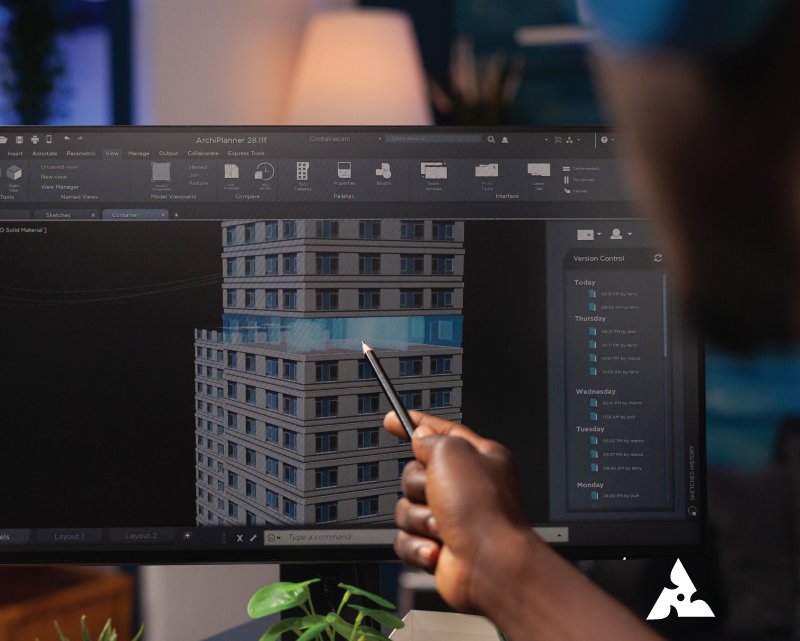Learn How to Craft a Marine Ship Model Like a Pro
Table of Contents
Model ship modeling is a challenging and rewarding hobby that has been practiced by modelers for hundreds of years. As a beginner or an experienced modeler, producing a marine ship model is a highly satisfying experience. Not only can this art teach you about naval history, but it also presents a challenging and artistic endeavor that keeps you enthralled for hours.
In this blog, we will guide you through creating your marine ship model from scratch to completion. We will discuss the best ship models to start with and the materials you will require, as well as share expert advice on how to make a beautiful ship model. No matter if you want to create wooden model ships, work with a model ship kit, or test your skills at plastic model ships, we have you covered. Let us embark on this great adventure of model ship construction!
Marine Ship Model History: A Journey Through Time
Before embarking on the craft of making ship models, knowing the rich history behind them is a must. The culture of model shipbuilding dates back centuries, starting with sailors and shipbuilders themselves making the earliest models. These were used as prototypes to try out designs, to commemorate great voyages, or even as training and educational tools. With time, model ships have developed from functional pieces to highly detailed, small-scale works of art.
In ancient times, models of ships were constructed using materials such as wood, clay, and metal. They tended to be basic in design but had a vital role for the builders. By the 16th and 17th centuries, ship models were a more sophisticated craft. Shipbuilders began to use models to design their vessels more accurately during the Age of Sail, and these models were extremely detailed, often duplicating ships down to the smallest details.
By the 19th century, with the arrival of steamships and the Industrial Revolution, ship models started to change again. Although wooden models were continued to be produced, new materials and mass-production methods introduced saw model ship kits commercially sold, marking the start of ship model making as a hobby so that more people across the globe could indulge in it.
During the 20th century, improved plastic molding and resin casting made it possible to construct even more precise and detailed models. Now there are countless model ship kits on the market, ranging from straightforward designs for beginners to very intricate models for experienced builders.
Knowing this history provides a greater appreciation of the craftsmanship and expertise in model ship construction. It also enables you to appreciate the tradition and expertise in this popular pastime, so that building your own marine ship model becomes an even more special experience.
Types of Ship Models You Can Build

Each type of ship model you choose to build provides a very different experience depending upon the choice made:
- Wooden Ship Models: These wooden ship models are perhaps the most classic and widely produced. A great deal of skill and detail has to be invested throughout the processes. The ship models are built of high-class wood, wherein the materials have to be delicately cut, shaped, and assembled by working hands. Some may even go further and build rigging and sails to resemble real ships with floating miniatures.
- Plastic Ship Models: Plastic ship models are really simpler to build as compared to their wooden counterparts and also require less intricate work. They are typically marketed as kits with pieces pre-cut, ideal for anyone just getting started. They can then be painted and detailed to make realistic replicas of real ships.
- Model Boat Kits: Model boat kits are a good starting place for anyone new to ship model-building. Usually, these kits come with all the parts you need, but they require you to assemble the model. They range from very simple types for beginners, all the way to complex, highly detailed types for the advanced model maker.
- Wooden Ship Model Kits: Basically, these are wooden kits with all the pieces pre-cut for the making of a model, cutting the coordination class as the middlemen. This usually accommodates the old-style wooden ship-building process with the easier kit-assembling method. They normally come with detailed instructions and diagrams, suitable for novice- to intermediate-level modelers.
What You Need to Get Started with Model Ship Building

Before taking your first step into the fascinating world of building ship models, there are just so many tools and materials you’ll need to have at hand. A handy list follows to get you going:
1. Model Ship Kit
Depending upon whether one chooses wooden or plastic types of ship models, the right model ship kit to go with will have to be procured. Some of the most popular choices among beginners are those considered the best ship model kits for beginners, such as the Revell Titanic or the Billing Boats “Bounty” wooden kit.
2. Cutting Tools
A sharp knife set is needed to cut and shape small pieces. At times, one would also find a need to cut wood or plastic using small saws.
3. Glue and Adhesives
Use glue accordingly to the materials you are working on. Wood glue is most suitable for wooden models. On the other hand, super glue and plastic cement are used in plastic models.
4. Paint and Brushes
When a model ship kit needs painting, make sure you have high-quality paints for your materials. Different sizes of brushes will help you cover fine details.
5. Sandpaper
Sandpaper smooths the rough edges and helps in fine-tuning your model.
6. Rigging and Sails (for Wooden Ship Models)
If your project is a wooden ship model, rigging and sails will surely do much to enhance the look of your model. For rigging, use thread that is thin yet strong, and the sails can be made from fabric or paper.
7. Tools for Detailing
Small files, tweezers, or a magnifying glass will be useful for detailing your model. A steady hand is necessary for working with intricate elements.
Step-by-Step Guide to Building Your First Ship Model
We can break down the process of creating a simple ship model. This tutorial may fit either a wooden or plastic ship model, but individual steps may differ depending on your kit.
Step 1: Select the Appropriate Kit for You
If you’re new, you need to begin with an easy model ship kit. The best ship model kits for a beginner are small, plastic, and simple to build. With more experience, you can transition to bigger and more complicated models.
Step 2: Setup your Materials and Tools
Before commencing, gather your materials and set them down in an organized manner. Lay out all kit pieces and check if something is missing; gather all the tools you will need.
Step 3: Read the Instructions Carefully
Model kits usually have instructions with them. Read the instructions first before you begin, and ensure that you comprehend the assembly process. This will avoid errors and save time in the future.
Step 4: Assemble the Hull
The hull is the foundation of your ship model. Whether you’re working with wood or plastic, you’ll need to start by assembling the base structure. Be careful when joining the pieces, making sure they fit perfectly.
Step 5: Add Decking and Details
Once the hull is on, add the decking and details. For wood ship models, it may be a matter of adding planks on the deck, whereas with plastic models, it’s normally snapping parts together or gluing deck parts.
Step 6: Rigging and Painting
If your model ship has rigging (which most wooden ship models have), it is time to install it now. Rigging can be problematic, so go slow to get it correct. Painting follows the rigging, unless indicated otherwise by the kit.
Step 7: Final Touches and Display
Once you’ve built the ship, painted it, and attached all the detail features, it’s time to show off your work! Whether you put it on a shelf or in a glass display case, your model will be a stunning reflection of your effort.
Tips for Ship Model Building Success
- Patience is Key: The process of building is slow. Do not hurry; take your time and enjoy it.
- Use a Light Source: Always use a good light source when detailing the small parts to avoid errors.
- Keep It Neat: It does count. A clean and organized workspace will prevent you from losing small parts.
- Practice: For the novice in ship modeling, begin with an easier kit and then progress to more complex kits as your skill increases.
FAQs
The plastic ship model kits are relatively easy to work with for the novice compared to wood. Examples of well-known kits include Revell Titanic or Trumpeter USS Constitution. The kits come with not-so-complex instructions and not so many hard-to-rework details, and hence are apt for novices.
Why not? Although wooden ship models are more durable, plenty of wooden ship model kits are designed for beginners and come with pre-cut parts to make it easier. Just take your time and read the instructions.
This varies depending on the complexity of the model, from a basic plastic kit that will only take some hours to two days for a beginner, to sophisticated wooden models that take several weeks to complete rigging details and preparation for painting.









